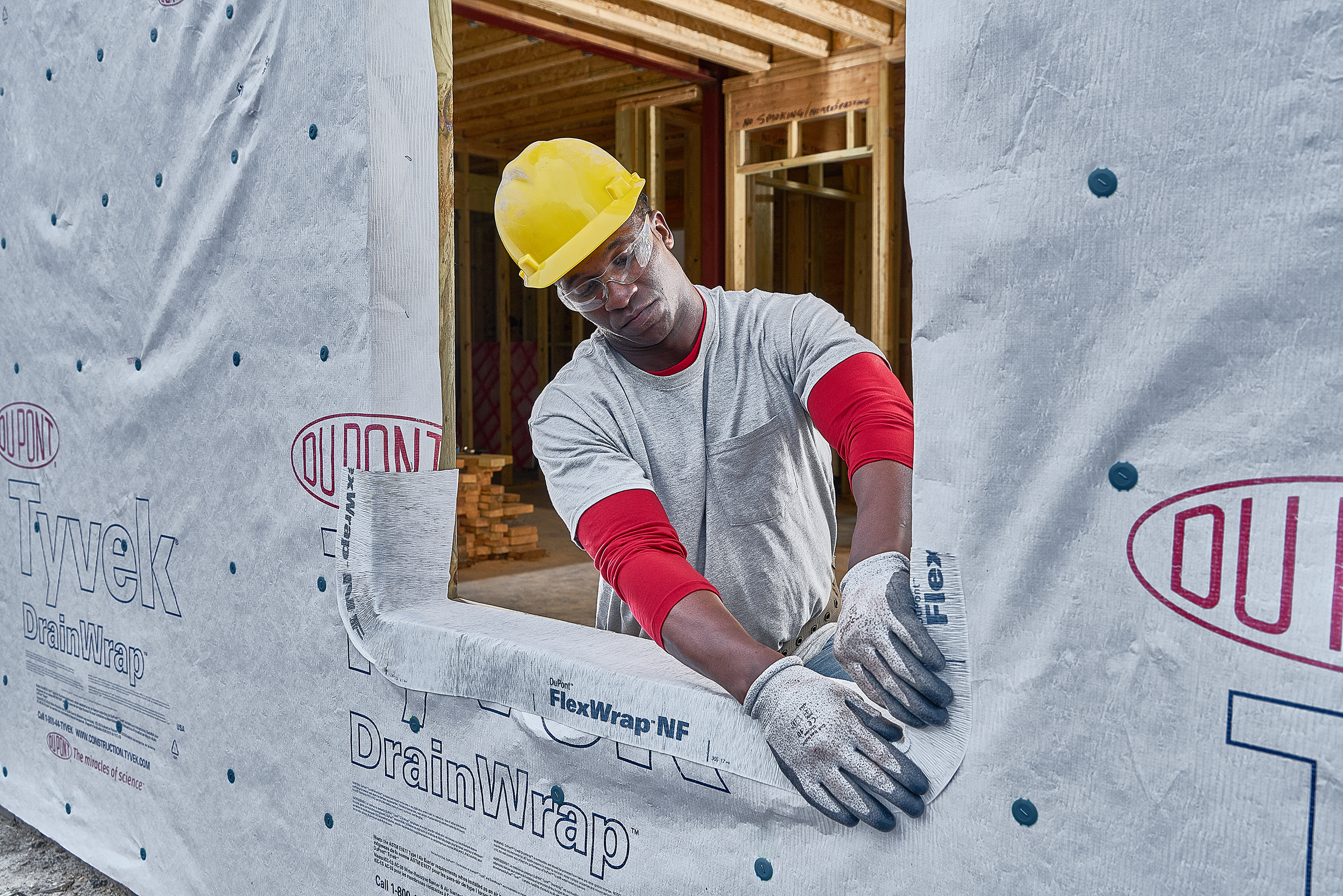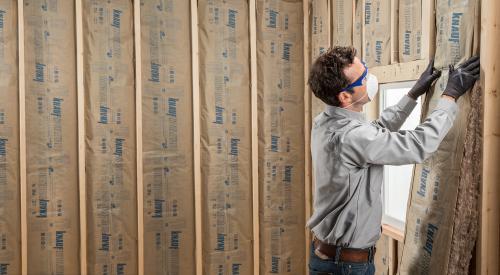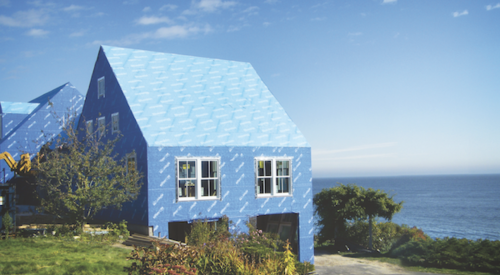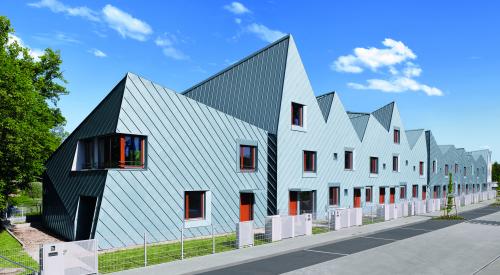After decades of trying to tighten the building envelope, housewrap and weather barrier manufacturers are looking to let in some breeze to dry out the moisture.
Lucas Hamilton, for one, thinks it is time for housewrap makers to loosen up a little bit. A research and development and applied building science manager for CertainTeed, the former construction litigation specialist says change is coming to the residential building envelope. After decades of trying to get water and air barriers ever-tighter, he and fellow R&D experts are beginning to see greater value in products that can air out the wall cavity by promoting ventilation in addition to moisture permeability.
CertaWrap weather barrier helps prevent wind-driven rain and other moisture from reaching the wall cavity and sheathing. Vapor-permeable membrane allows the wall cavity to breathe so moisture can escape at an optimal 11.7 perms. It will not absorb or retain water and includes UV inhibitors in both the wrap coating and fibers.
“Ventilation is huge, and everyone needs to get back on the bandwagon,” says Hamilton. “We are really waking up to the fact that having drained and ventilated claddings is a tremendous boon to wall system durability. Especially as we add more layers of control and insulation and weather barriers, we have to find a way to put drying potential back into these assemblies, and that means another look at some of the properties on water barrier products.”
To that end, Hamilton regularly runs predictive modelling scenarios through WUFI, the German-made thermodynamic software that has become an industry standard for heat and moisture transfer analysis. Since house cladding is prone to weather intrusion (i.e. wind-driven rain and snow), present day housewrap technology has developed to minimize (or even eliminate) moisture and air transfer for greater energy efficiency.
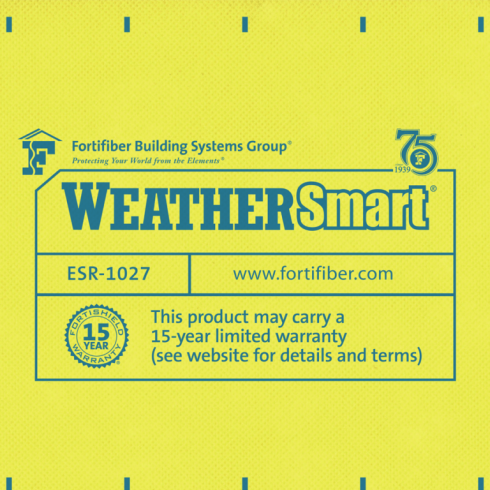
Part of the Fortifiber 1-2-3 moisture control system, WeatherSmart is a new generation of housewrap technology, the company says. It delivers the ideal balance between water intrusion protection and moisture vapor breathability. The product can be used in any climate and behind most exterior claddings.
But ironically, the lack of air transfer has resulted in wall systems that are prone to creating higher levels of humidity within the cavity. Similar to a sealed food container, moisture can begin to condense within the cavity, leading to mold and mildew or simply compromising the durability and longevity of the wall’s building components.
WUFI simulations have led researchers to the conclusion that new materials allowing for improved air and moisture transfer through the housewrap might solve the issue.
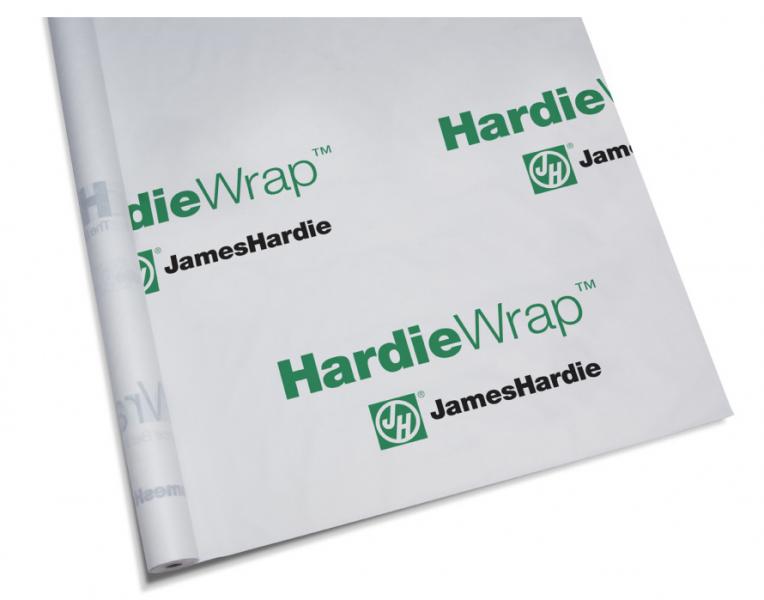
Engineered for either cold/wet climates or hot/humid climates, HardieWrap weather barrier balances water holdout and breathability. As a result, it offes air resistance to reduce energy loss but allows water vapor to escape. The non-woven product contains a MicroTech coating to provide better balance of water resistance and water vapor permeability.
“Everything can get wet as long as it can get dry again, so water barrier permeance becomes a moot point when you put ventilation back into the equation,” Hamilton says. “And it’s amazing how much durability those systems pack back in.”
While new products are still a few years away (CertainTeed is looking at plastics that might serve as both an air and moisture barrier), Hamilton says the application of material science and WUFI analytics is almost certain to lead to a “generational” change in house barrier systems not seen since housewrap became widespread in the early 1990s.
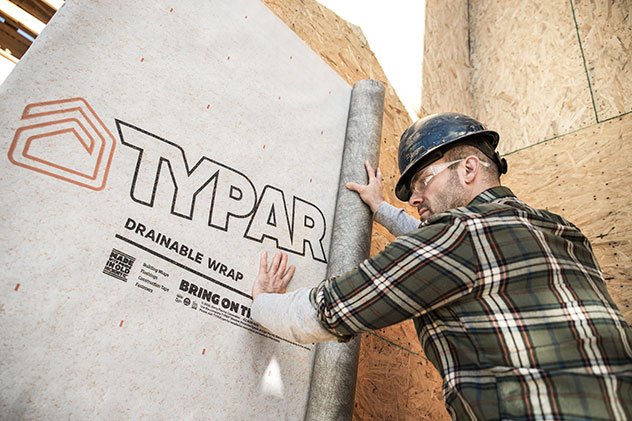
BuildingWrap, the manufacturer says, is an extra layer of protection that secures the building envelope from the outside but also adds assurance that houses will feel more comfortable on the inside. It blocks air and water from getting in and lets moisture inside the wall cavity to escape. The product eliminates drafts in the wall, does not support mold growth, and will not disintegrate over time.
The advancements can’t come soon enough for housewrap makers that are beginning to see market erosion from coating manufacturers that can apply weather barrier protection directly to OSB and other house sheathing.
“Pre-coated sheathing is the biggest threat to wraps in the residential world right now because it is easier to install and so it more immediately addresses the skilled labor shortage,” says Karine Galla, a product manager for Sto Corp. “Pre-coated sheathing also results in less fastener and nail penetration and therefore less risk of air and moisture intrusion, and it’s already used widely in multifamily construction.”
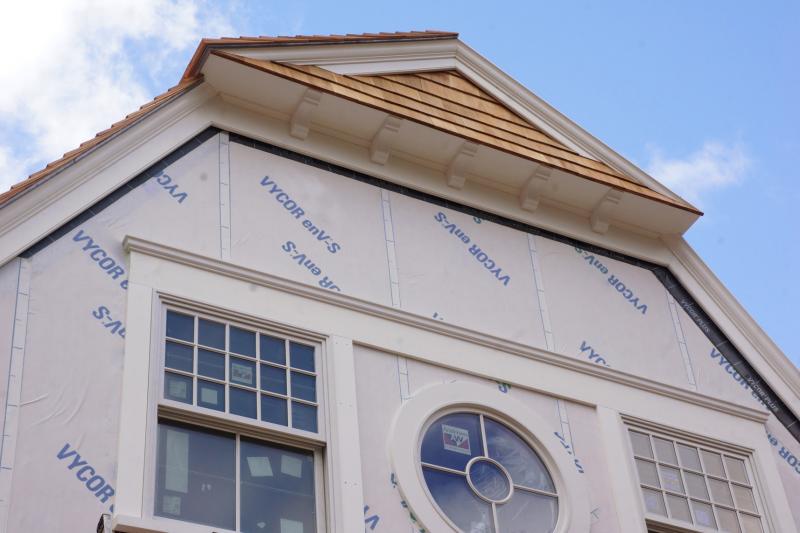
Vycor weather resistive barrier is designed to provide superior weather protection and improved energy performance, the company says. Unique adhesive coating bonds strongly to the sheathing, but remains vapor permeable. The product resists damage in windy conditions, and installation requires no mechanical fastening or taping of seams.
Indeed, simplicity of application and contractor comfort will be key as manufacturers continue to push the boundaries of air and water barrier systems. Like other makers, Sto Corp is baking in extended UV exposure times and low temperature performance so product can be installed in a variety of all-season weather conditions. Other manufacturers are looking to develop (either through acquisition or organic R&D) whole-house barrier solutions that absolve contractors from building systems piece-meal.
“Industry data shows that over 65 percent of construction litigation still stems from moisture-related defects in building envelope systems,” says Jeff Wedge, vice president of sales, for Henry Residential & Light Commercial, which recently acquired Fortifiber to add to a barrier products portfolio that includes Blueskin, WeatherSmart, and Jumbo Tex. “If a builder chooses to mix and match components from different suppliers, it can be a gamble that those elements won’t be compatible, and incompatible products can trigger costly call-backs and loss of trust.”
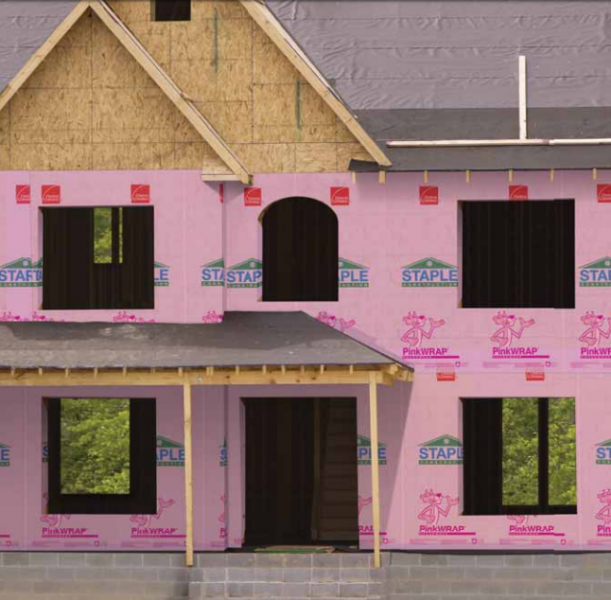
PinkWrap housewrap creates a protective barrier against air infiltration and unwanted liquid moisture, the manufacturer says, but it also allows water vapor to escape from the walls. It’s translucent to make staple location simple and resists tears in all directions, so it can stand up to windy conditions.
Regardless of the approach, Hamilton suspects that manufacturer focus on barrier systems that increase performance and durability along with ease of installation will come as a breath of fresh air to labor stressed contractors, particularly when the pressure to maintain ever-tighter building envelopes goes away.
“The closed envelope is a fool’s errand because that’s not the way nature works,” he says. “Nature is seeking a state of balance from one side of the wall to another, and we’re finally coming around to the realization that we want our buildings to breathe.”
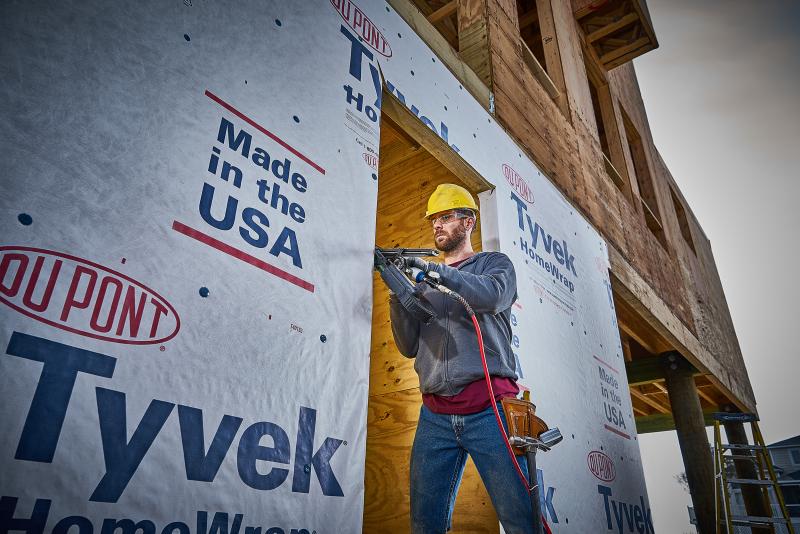
The woven structure of Tyvek HomeWrap allows moisture vapor pass-through to help promote drying in wall systems and prevent mold and water damage. Pliable design is engineered to readily wrap around corners and over unique architectural geometries. It’s available in 9-foot and 10-foot-wide rolls to help minimize seams and offer the potential for reduction in labor.
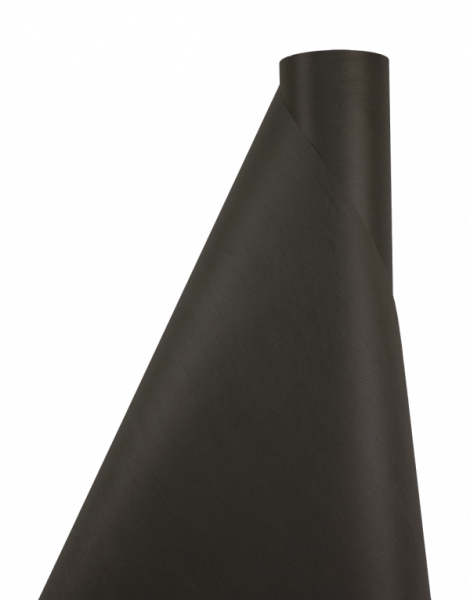
InvisiWrap UV is an unprinted, high-performance black nonwoven housewrap. Colored matte black to avoid competing with other visual elements of open joint architecture, the product provides bulk water hold out and vapor permeability to help wall cavities dry out.
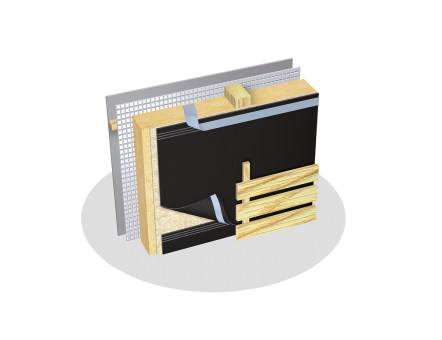
Ideal for open cladding, the Delta-Fassade S is a water-resistive barrier that watertight and highly vapor permeable. Acting as a drainage plane, it channels bulk liquid to the outside of the structurebut high vapor permeability allows moisture within the cavity to escape via difussion. It’s extremely tear resistant and stabilized against damage from UV exposure, the company says.
